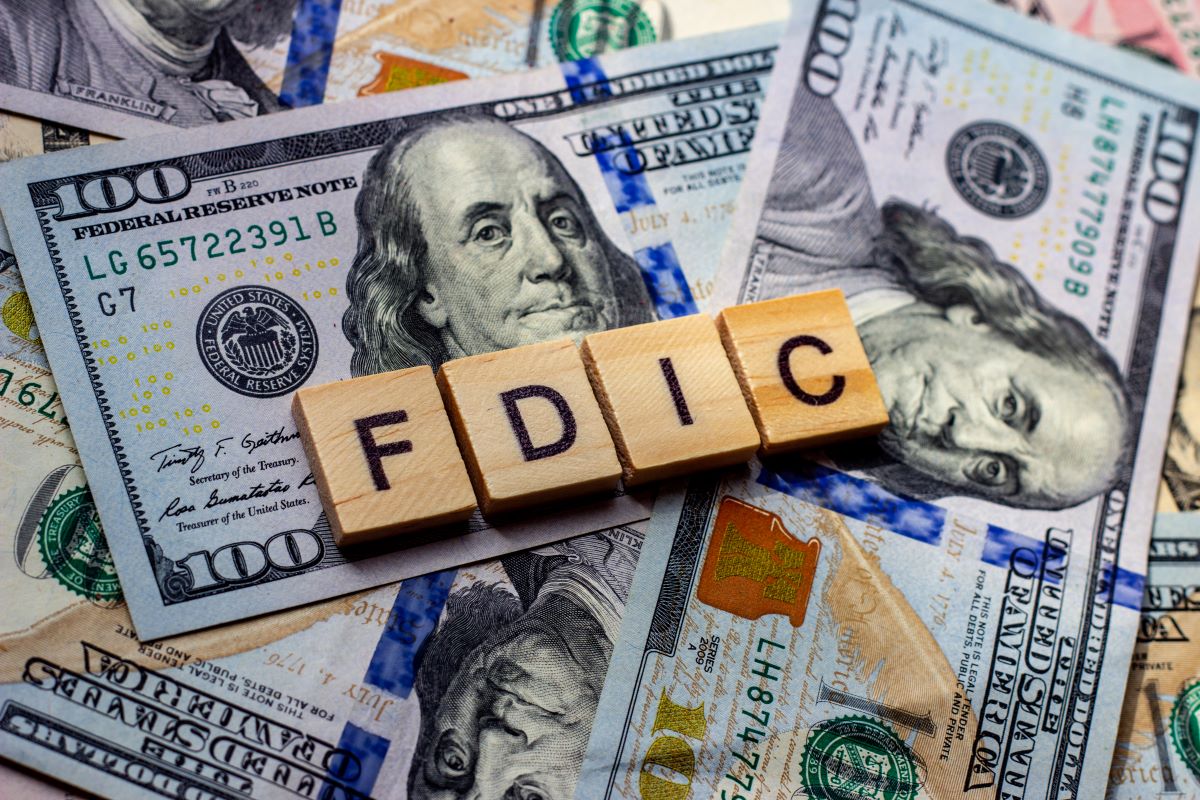FDIC’s Annual Risk Report Embraces Crypto as a Significant Banking Concern

Crypto assets present “novel and complex risks” to the banking sector that are “difficult to fully assess,” according to the Federal Deposit Insurance Corporation (FDIC)’s 2023 Risk Review for the banking sector.
The report – published earlier this month – named “crypto-asset risk” among five categories of risk banks are faced with today. The others include credit risk, market risk, operational risk, and climate-related financial risk.
“Crypto-asset risk, a new section in the 2023 Risk Review, discusses the FDIC’s approach to understanding and evaluating crypto-asset-related markets and activities,” wrote the FDIC. “Monitoring these risks is among the FDIC’s top priorities.”
According to the agency, assessing crypto asset risk can be difficult due to the “dynamic” nature” and “rapid pace of innovation” within the industry.
That said, a few key risks come to mind: fraud, legal uncertainties, “misleading” representations of disclosures, and immature risk management practices, to name a few. It added:
“Possible contagion risk within the crypto-asset sector resulting from interconnections among certain crypto-asset participants may present concentration risks for banks with exposure to the crypto-asset sector.”
Contagion was a key factor in triggering a string of crypto industry blowups in 2022. The unwinding of Terra in May, for example, led to the downfall of crypto hedge fund Three Arrows Capital, and crypto lenders like Celsius and Voyager quickly followed.
FTX’s collapse later in the year sent shockwaves throughout the industry, causing more crypto lenders like BlockFi and Genesis to declare bankruptcy.
Stablecoin Risk, According to FDIC
The FDIC noted “stablecoin run” risk as another issue, given that they can create the potential for deposit outflows for banks that hold stablecoin reserves.” Stablecoins are blockchain-based tokens pegged to relatively “stable” assets, such as the U.S. dollar, and are commonly used for peer to peer payments and decentralized finance.
The Federal Reserve also cautioned banks about various dangers related to the crypto market in February. Like the FDIC, it noted how “interconnectedness” between deposits of certain crypto entities could create liquidity risks, and how stablecoin-related deposits can be subject to rapid outflows.
That said, an ex-Fed policy analyst published a report in July arguing that stablecoins present less run risk than traditional bank deposits, due to the more strict composition of stablecoin reserves.








